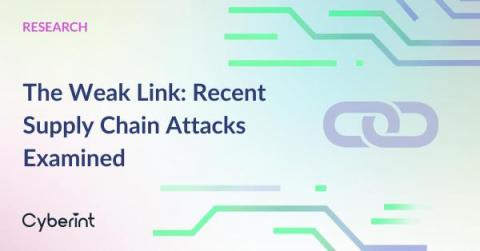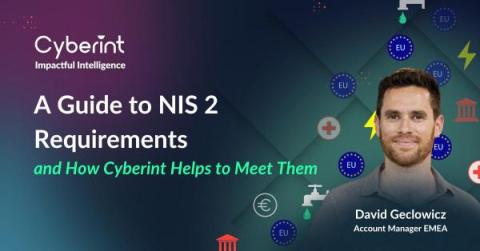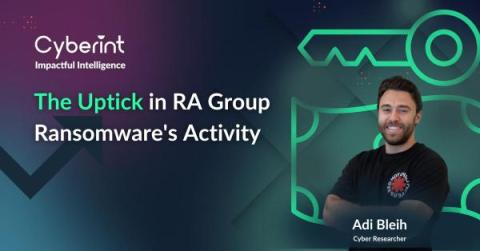Massive China-Linked ID Theft Phishing Campaign Hits Asian Finance Industry
The complex geopolitical landscape in Southeast Asia, influenced by People’s republic of China (PRC)’s strategic interests and territorial disputes, faces a prominent offensive threat from Chinese cyber operations. Southeast Asia’s economic and digital growth make it a prime target for cyber threats. In the past 8 months Cyberint has been able to identify a major large-scale campaign.











